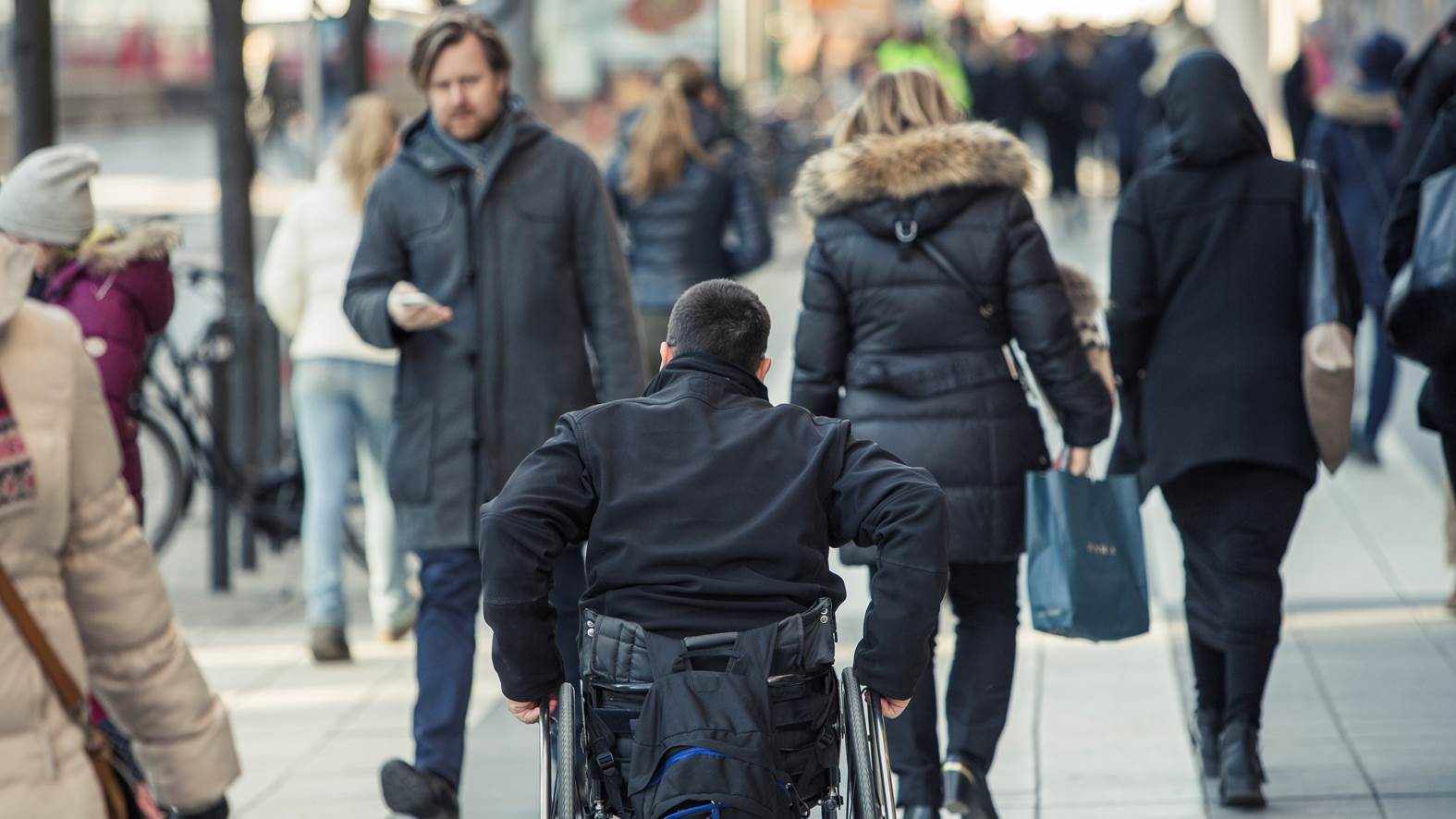
The word incontinence starts with two little letters that make all the difference. Continence is the ability to control your bladder and bowel function, while incontinence is the opposite – bladder or bowel leakage.
But continence problems also include other bladder and bowel issues. Frequency or urgency are examples of bladder related continence problems. It could also be a sense of incomplete voiding, straining, hesitancy (a delay between trying to urinate and the flow actually beginning) or inability to completely empty the bladder.
Bladder related continence problems
- Leaking urine with coughs, sneezes or exercise
- Passing urine frequently
- Rushing to the toilet (urgency)
- Getting up twice or more at night to pass urine or wetting the bed when asleep
- Feeling as if their bladder is not completely empty
- Having poor urine flow
- Straining to get the bladder to empty
- Recurrent urinary tract infections (UTIs).
Bowel related continence problems
- Leaking from the bowel with the urge to open their bowels
- Leaking from the bowel without the urge to open their bowels
- Rushing to the toilet and feeling the need to urgently open their bowels
- Leaking from the bowel on passing wind
- Being unable to control wind
- Straining to empty their bowels
Incontinence
Incontinence is the unwanted and involuntary leakage of urine or stool, and it is very common. Incontinence affects about*:
- 400 million people around the world
- 1 in 4 women over the age of 35
- 1 in 10 adult men
Many people with incontinence put up with their symptoms for years. Yet, with professional help, incontinence and bladder control problems can be cured or managed.
Does incontinence differ between women and men?
Female incontinence
The female pelvic floor is much more complex than the male pelvic floor because women have babies. Women are also more susceptible to incontinence than men.
The effects of pregnancy and childbirth are known to be a common cause of urinary incontinence in women. Having large babies, many babies or difficult deliveries make a woman more at risk. The pelvic floor muscles and ligaments can become weakened and nerve damage can also occur.
Male incontinence
Men are less at risk of incontinence and bladder problems than women, but with age many develop problems related to an enlarged prostate, kalled benign prostate hyperplasia (BPH). As the prostate gland enlarges it puts pressure on the urethra, and causes male-specific incontinence symptoms of urgency, frequency, hesitancy and straining.
Typically, men with prostate problems have to get up at night to use the toilet but then experience difficulty starting the flow of urine, a poor flow and sometimes dribbling after finishing peeing.
So, what treatments are available?
Historically, conditions affecting the bladder and bowel have been uncomfortable or taboo. Therefore they are underreported and under-diagnosed. Due to World Federation of Incontinent Patients (WFIP), surveys have shown that fewer than 40% of people with urinary incontinence mention their problem to a healthcare professional, and this figure is even higher for those with bowel incontinence.
Many suffer needlessly, despite the substantial impact on their health, self-esteem and quality of life. If you encounter bladder or bowel problems, don’t be afraid of visiting a doctor for consultation.
Continence care relates to helping an individual control their bladder or bowel functions, through tips on how to keep the bladder healthy, continence assessment, identifying a suitable course of treatment if necessary, and emotional support and advice.
* References: Abrams et al. 2013, page 81
Meet Mark, who used to have problems with dribbling, suffering many embarrassing situations. He hesitated to go to a doctor but is so glad he did. With the help from urinary catheters Mark got his self-esteem and his life back.




